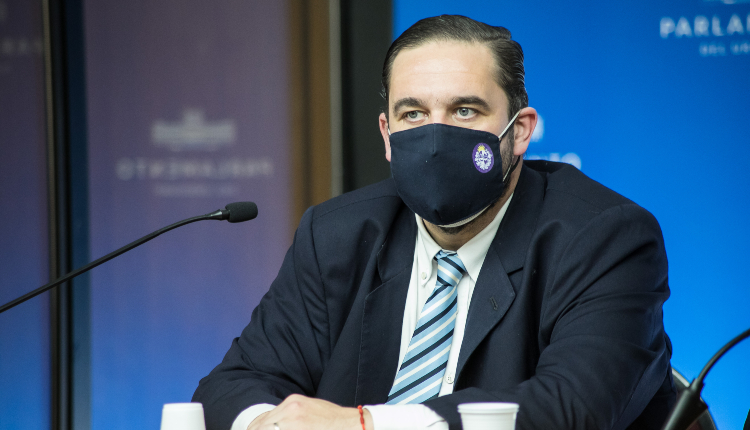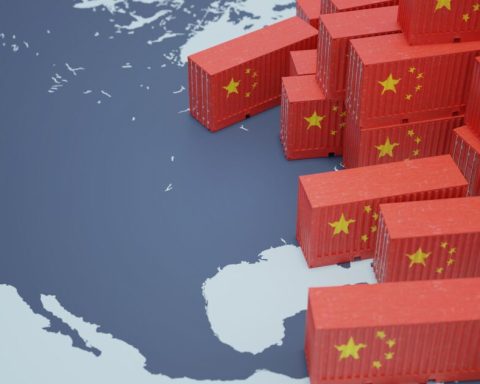The area of cultivated canola increased by 100,000 hectares between the last and the current harvest, exports will total 170 million dollars, being 100 million more than in 2021, and there are 230,000 tons, when in the previous harvest there were 138,000, reported the Undersecretary of Agriculture, Juan Ignacio Buffa.
Buffa reported that canola or colza is a winter oilseed with a great irruption in national production. The plantation area was 267,253 hectares in the 2022-2023 harvest, when in the previous one it had been located at 162,378.
“In one year we grew more than 100,000 hectares in a very important crop for soil rotation, for the economy and for producers who manage more options,” he emphasized.
The hierarch stressed that, in agriculture, the most important thing is the frequency of winter and summer crops, and added that rapeseed complements the production of traditional winter crops, which are wheat and barley.
He indicated that the grain ensures high nutritional value, similar to that of sunflower, which lies in the quality of the edible oil that it allows to produce, characterized by being very stable and low in saturated fatty acids. He also mentioned that the flour originating as a by-product for animal feed is of very good quality and has a high protein content.
Exports
Buffa explained that the main placement markets are the United Kingdom, with 79%, followed by the United Arab Emirates 7%, France 6%, the Netherlands and the United States 3% and Finland 2%.
In this harvest, exports will total between 160 and 170 million dollars, with a growth of 100 million compared to 2021. The value of the ton increased from 455 dollars in the 2020-2021 harvest to 735 in 2021-2022.
He also explained that there will be 230,000 tons, when in the last harvest there were 138,816.
He also reported that efforts by technicians from the International Affairs Unit and the General Directorate of Agricultural Services allowed the rapeseed market to be opened to Chile. He predicted that this destination will be relevant for the placement of the grain and that it also serves to diversify.
In that sense, he recalled that the Saudi Arabian market was opened a short time ago and that the Mexican market is in the process of being opened.
The undersecretary underlined the extremely high demands of the aforementioned markets and recalled that access to them was achieved through highly coordinated public-private articulation work, in which the private sector committed to having production processes in accordance with market demand. European Union and the public sector ensured a framework to capitalize on the possibilities.
Key to floor care
He stressed that the production of rapeseed is also key in the care and rotation of the soil, because the higher the production, the higher the yield. In this regard, he highlighted the relevance of summer crops, such as soybeans, corn or sorghum. He also highlighted the importance of having more options for winter.
He specified that the water deficit that the country went through at the time of grain filling and shaping caused a drop in production yield.
However, he pointed out that agriculture works as a catalyst for regional economies, in such a way that when it is activated, businesses and cities in the interior are stimulated, and it results in more work and commerce for the country.
















